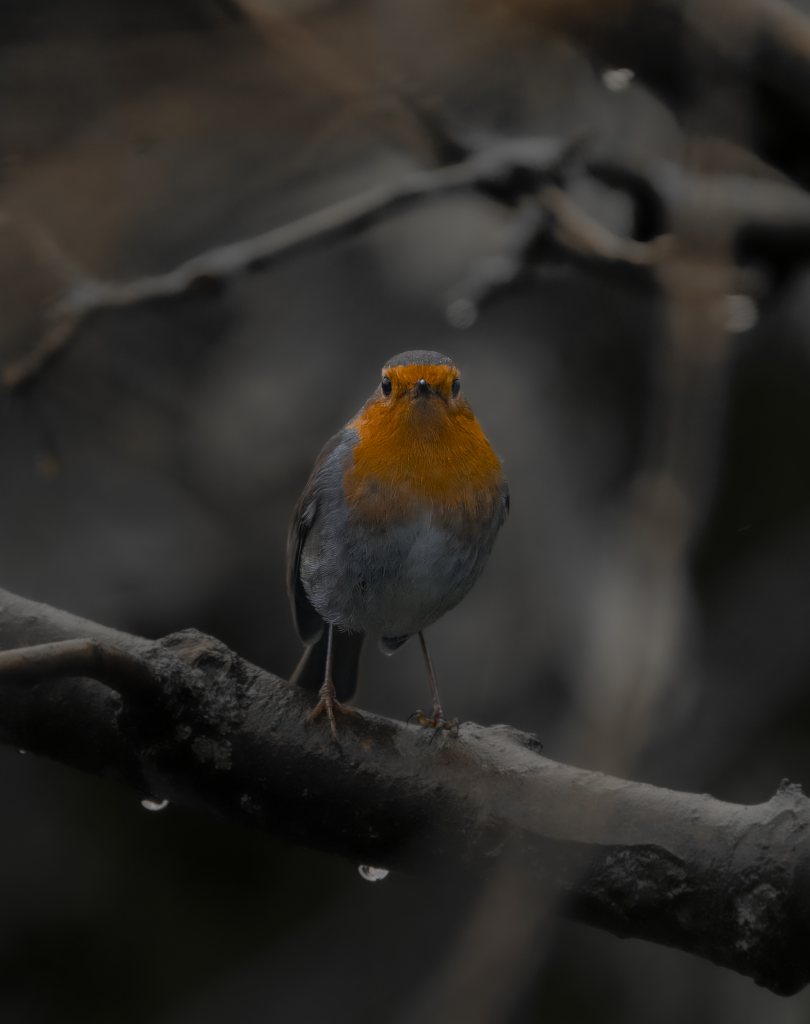Since my latest entry about the preliminary structure of my thesis, I started searching literature for my chapters. But before I actually started doing it, I remembered my bachelor thesis. My bachelor thesis had over 120 pages and 15 pages of literature references. And I kinda didn’t really have a good plan for organizing everything. I basically used Browser bookmarks and crude descriptions. At some point it was basically impossible to find certain quotes again or even whole articles. It took an insane amount of time to work like this and constantly search for something. I really don’t want this to happen again. So this time I will figure out a system for sorting my literature that works for me.
For that I will use a document which I’ll use to keep track of everything.
Firstly I will use the chapters I have or more precisely the different topics of my thesis. There I will sort in my literature. Secondly, I will give every reference a unique number that I will also assign to the downloaded PDF, so I’ll always be able to find what I need. Moreover, I will give every reference a rating from one to five stars, depending on how important I think it will be for my thesis. I’ll also write down if I already found full-text access to the document or where I can still search for it. Furthermore, I’ll also assign a Letter to know at first glance what kind of reference it is.

As I was starting on this, I already noticed the first flaws with that system. When I will start writing it would be important to also have a summary of the reference, the most important quotes and a comment on the quality or critical points. The problem is, if I add all this the document will be confusing. Also i can’t sort it, which will be probably very important, so I’ll will transform this document into an excel spreadsheet which will bring a lot more benefits. At the current state I am thinking about these categories.

While working on the thesis I’ll probably add some categories, but at the moment I think this a way better start to this project than my approach to my bachelor thesis.



